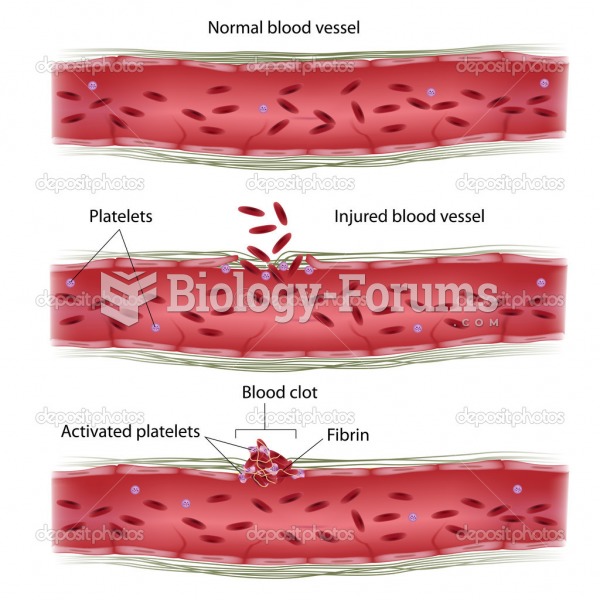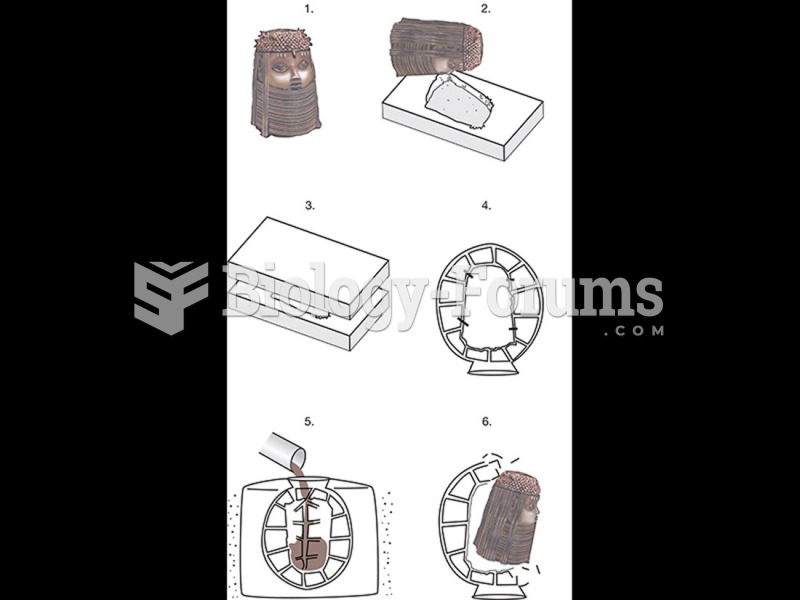Answer to Question 1
The costume designer carefully reads the text, and comes to an understanding of the facts of the plot, and characters. He/she makes a rough costume plota breakdown of the play by acts or scenes and a list of the costume requirements for each character in the scene. He/she meets with the director to discuss the vision of the production, and meets with the other members of the design team to be sure the costume design meshes with the set and lighting designs. A costume designer conducts visual research, which serves as a springboard for discussion and the inspiration for ideas that develop over time. Designers consult books on period style, artworks, magazines, museums, and Internet sources. His/her research takes place on three levels: the objective world of the play text, the subjective level of the director's concept, and the inspirational level. The designer then translates his/her ideas into concrete visual images. He/she makes thumbnail sketchesto inspire discussion and demonstrate the direction of the costumer's ideas to the director, and eventually final sketches that show each costume in detail and present all the clothes and accessories the designer envisions. Fabric swatches are attached to the sketches for the director's approval; they communicate the color, pattern, and texture of the fabric the designer intends to use. He/she attends a rehearsal to note the blocking and any physical demands on the actor and provides rehearsal garments to the actors. The designer is responsible for taking the actors' measurements and conducting fittings. He/she works with the costume shop personnel who carry out the designs, deciding which costumes will be built from scratch in a costume shop, bought from a store, pulled from the company's stock, or rented from a rental house. Finally, he/she attends the dress paradewhen the director and designers see all the costumed actors together under stage lights, and to make sure the clothes fit, move well, and look good together.
Answer to Question 2
False








